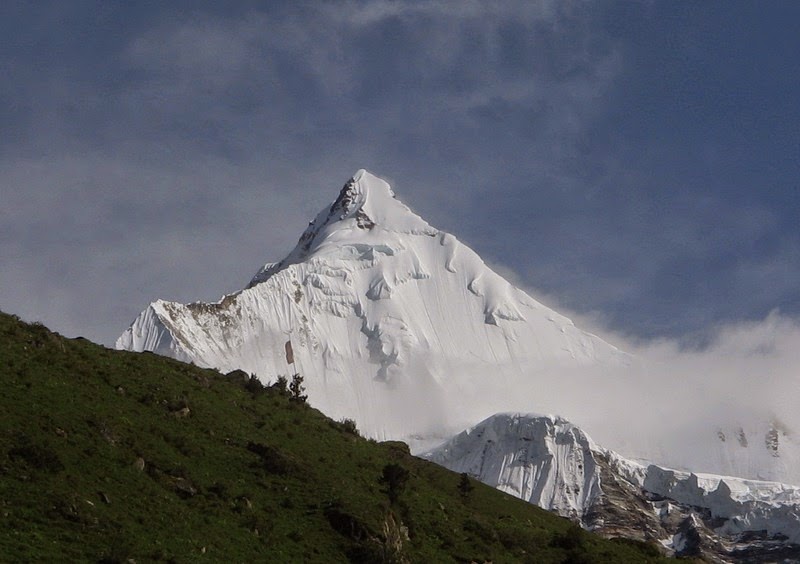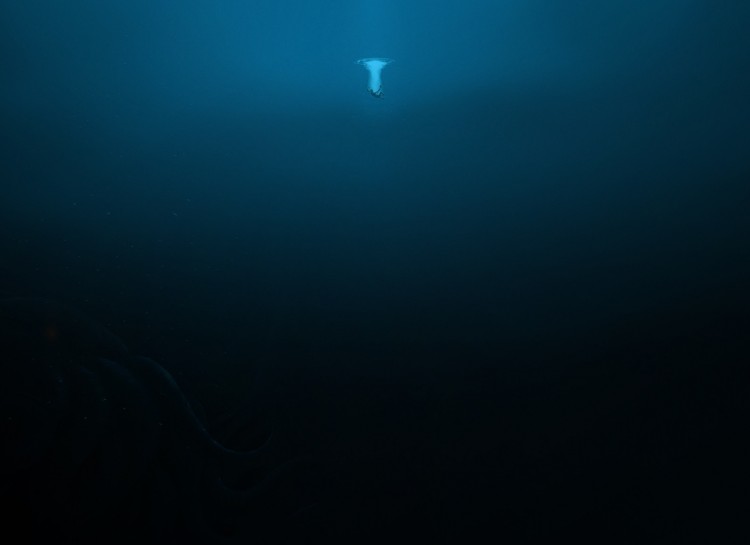More than 5 centuries have passed by since the first exploration of our planet. Nevertheless, even the half of millennium wasn’t enough to explore all the parts of the Earth. There are many corners of our planet that are left unknown, and even the modern technology can’t help humans to reach those places. From caves and volcano craters to entire islands and vast areas of continents, there are many unexplored places on Earth which are still unreachable to mankind.
Gangkhar Puensum, Bhutan
This mountain is the 40th highest mountain in the world, but it still remains unclimbed. Mountain has an elevation of 7,570 meters (24,836 ft). Many higher peaks than this have been explored, even the Earth’s highest mountain – Mount Everest is successfully climbed by many people. But, Gangkhar Puensum is still untouched by the human. All expeditions in this mountain ended unsuccessfully due to heavy snow and unsustainable conditions. In fact, there are only 4 reported expeditions that took place in Gangkhar Puensum. In 2003, Bhutan government restricted mountaineering completely in this area because of spiritual beliefs.
World ocean
Oceans cover approximately 71% of Earth’s surface. The scientists estimate that only 5% of the world ocean is actually explored. That means the enormously huge part of our planet is unexplored and unknown to the mankind. The modern times, with the improvement of technology, made the extensive underwater travel possible, but the deepest ocean spots are still mystery. The world ocean supports a great diversity of life – from tiny microbes to giant whales. It is a mystery what kind od life exist in the depths of oceans where even the sophisticated tools, technologies, and sensors couldn’t help humans to reach them. For example, Mariana Trench in Pacific ocean, the deepest spot in the world ocean, reveals many secrets, since its exploration is impossible due to the unsustainable conditions.
North Sentinel, India
This island is located in the Bay of Bengal and it technically belongs to India. But this small island, surrounded by high reefs is virtually untouched by modern civilization. Actually, the Sentinelese, who inhabit North Sentinel reject any contact with other people. In fact, The Sentinelese, which population is estimated to range from 50 to 400 individuals, are highly unfriendly and violent to intruders. In 1981, Sentinelese attacked the boat ship which grounded on the island’s reef, and the crew had to be rescued by a helicopter. That was the last attempt of outsiders to make a contact with Sentinelese people. Due to their violence behavior and the potential threats of infectious diseases, the Indian government has declared the entire island and its surrounding waters extending 3 nautical miles (5.6 kilometers) from the island, to be an exclusion zone. There is no much information on this isolated tribe. All information is the result of observation from a certain distance. It is believed that Sentinels live in a primitive way – they don’t use fire and their weapons are spears and arrows.
Northern Siberia, Russia
Siberia occupies about 5.2 million square miles, which roughly corresponds to about 9% of Earth’s dry land mass. The Siberia is so vast, that some parts of it can be reached only by helicopters. Siberia has a wide variety of climatic conditions and geographic landscapes. The Siberian northern coastal region along the Arctic Oceans is occupied by tundra and south of this area is a vast region of evergreen pine forest. Nevertheless, it holds almost 30% of Russia’s total population, but it consists of a mixture of different immigrant ethnicities and people of various aboriginal backgrounds.
Amazon rainforest, South America
Just like Siberia, Amazon rainforest occupies an area so large, that some parts of it are actually untouched land. The Amazon Rainforest is so wide that there are tribes of people untouched by modern civilization. Covering a total area of 2.5 million square miles, Amazon holds half of rain forests on Earth. It is highly mysterious, unfriendly and dangerous place on Earth, but due to the rich biodiversity and presence of many endemic flora and fauna species, this rainforest is focal for scientific explorations. The Amazon rainforest is very important to the whole world – it produces about 20% of the Earth’s oxygen. That’s why it is called the Earth’s lungs. Unfortunately, as forests continue to decline and the effects climate change become more of a daily reality, there is a great risk of losing the great natural treasure.


